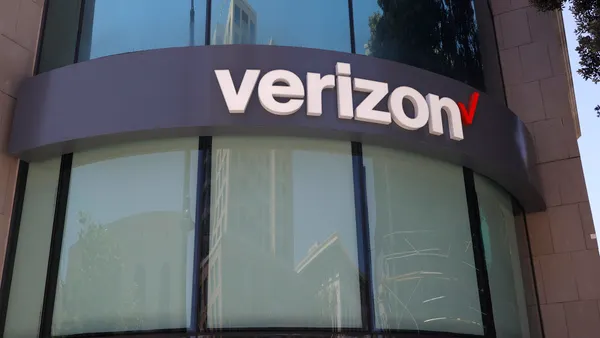Dive Brief:
-
U.S. Citizenship and Immigration Services (USCIS) has released a new Form I-9 and employers must begin using it by May 1, the agency announced Jan. 31.
-
Among other changes, the revised form clarifies who can act as an authorized employer representative and provides clarifications on acceptable documents.
-
Employers may continue to use the previous form through April 30 but also may switch any time before that.
Dive Insight:
Employers that use outdated I-9 forms risk costly violations, making it a best practice for HR pros to print forms as needed, directly from USCIS’ website.
But the pending expiration date of the prior version of the form is only one reason experts consider it HR’s biggest compliance concern. As USCIS hinted at in its changes, employers must take care in outsourcing document review. Someone must review all identification documents in person, even for remote hires. Separately, the identification mandate has caused problems not only for employers that fail to require enough; others have found that seeking more than required can amount to discrimination.
What’s more, the stakes may be higher than ever: The Trump administration announced in 2017 that it planned to increase U.S. Immigration and Customs Enforcement workplace inspections four- to five-fold — and began trying to make good on that promise.
As with so many areas under HR’s purview, training is key. "Employers need to ensure that the people that are conducting your I-9 process are well-trained," Melissa Azallion, a partner at Burr & Forman, previously told HR Dive. "It's only a two-page form, but this is a risk area for employers. Conduct training, and maybe even add an immigration compliance policy to your handbook that says, 'We're committed to this and we take it seriously.'"













